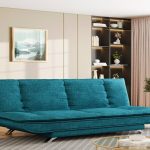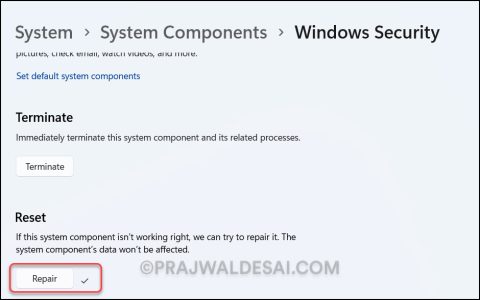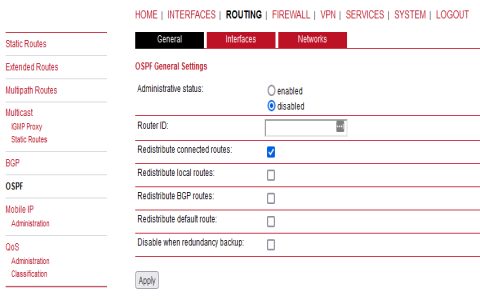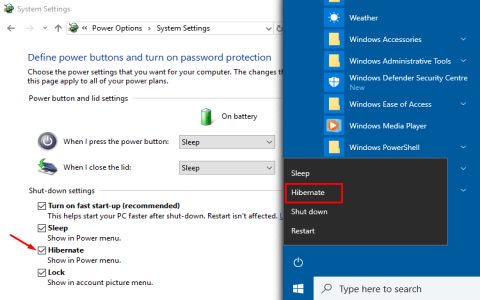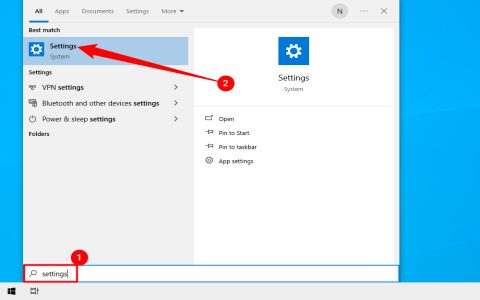Placing a subwoofer beneath your sofa strategically optimizes bass performance through acoustic coupling and room integration. This positioning leverages physical and environmental factors to elevate audio immersion beyond traditional placements.
Enhanced Tactile Bass Transfer
Sofa materials and structural mass physically transmit low-frequency vibrations directly to listeners, converting sound waves into palpable sensations. This haptic feedback heightens impact during action sequences or musical beats, bypassing air transmission limitations.
Boundary Reinforcement Efficiency
Floor and sofa surfaces create a constrained boundary layer that amplifies bass output efficiency. Corner-loading effects generated in this confined space boost perceived loudness by 3-6dB without requiring increased amplifier power, reducing distortion at high volumes.
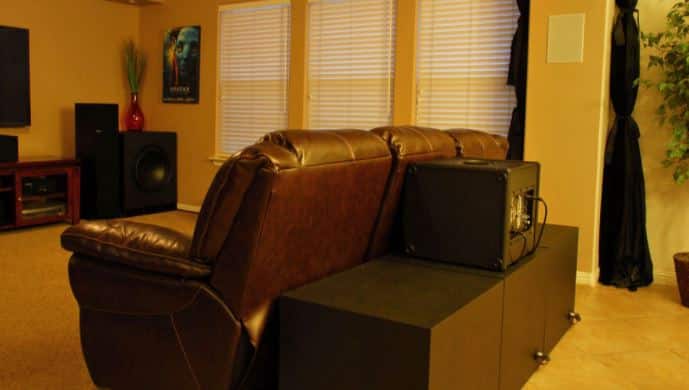
Room Mode Mitigation
Central under-sofa placement minimizes excitation of problematic standing waves. This positioning avoids room boundaries where bass frequencies typically build up or cancel out, resulting in:
- Reduced null zones and peak irregularities
- Smoother frequency response across seating areas
- Elimination of localized "boomy" hotspots
Optimal Acoustic Masking
The sofa physically obscures the subwoofer while its mass absorbs higher-frequency harmonics that contribute to driver localization. Combined with low-frequency omnidirectional dispersion, this creates seamless integration with main speakers for cohesive soundstage imaging.
Space-Loading Advantage
Compressed air between subwoofer, floor, and sofa generates a reactive loading chamber. This acoustic suspension system:
- Increases driver excursion linearity
- Extends effective low-frequency response
- Reduces phase cancellation through controlled wave propagation
For optimal results, ensure downward-firing ports remain unobstructed and maintain 2-3 inches clearance between drivers and sofa framework. Verify phase alignment with main speakers using test tones to leverage these benefits fully.




